The undeniable, heart-melting charm of a short legged cat is something special. As an owner of unique pets, you’re naturally drawn to the extraordinary, but you also carry the profound weight of ensuring their specialized needs are not just met, but anticipated. Their unique physique is the very source of their appeal, and also the source of their vulnerability, requiring a level of care and awareness that goes far beyond the ordinary.
You see their adorable, corgi-like wobble and kittenish proportions, even in adulthood. You hear they are playful, fast, and just like “normal” cats, only shorter. You feel an immense wave of affection for their unique appearance. You think, “How different can their care really be?”
So, you start to say and do what any excited potential owner would: you search for breeders in Malaysia, you look up prices, and you picture this enchanting creature zipping around your home. But this picture is incomplete without understanding the fragile reality behind it—a reality where one wrong jump or a few extra kilograms could lead to debilitating pain or even paralysis.
Before diving into care, it’s critical to understand why these cats have short legs. This isn’t just a cute quirk; it’s a specific genetic condition.
Munchkin cats and other dwarf breeds have a form of dwarfism called achondroplasia, a genetic mutation that affects bone growth, specifically the long bones of the legs. According to the Cornell Feline Health Center, this is the same genetic basis for dwarfism in humans and breeds like Dachshunds. Understanding this genetic foundation is the key to responsible ownership, as it informs every aspect of their specialized care.
Their adorable appearance comes with a strict set of rules. Following them isn’t optional; it’s your core responsibility as their owner.
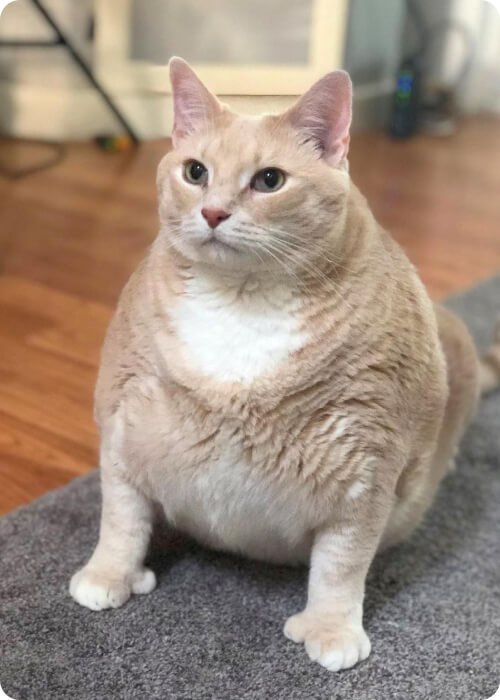
Let’s be blunt: an overweight Munchkin is a cat in chronic danger.
What’s the issue? Their spine is the same length as a regular cat’s, but it’s supported by short, stout legs. This creates a long, low-slung chassis. Any extra weight dramatically increases the strain on their vertebrae and the pressure on their leg joints.
What’s in it for you? For you, this means becoming a vigilant guardian of their diet. Being strict prevents the agony of watching your cat develop painful arthritis or debilitating spinal conditions like lordosis (an inward curve of the spine). A few extra grams can be the tipping point towards a lifetime of pain and costly vet bills. You must use precise portion control and choose a high-quality, low-calorie diet.
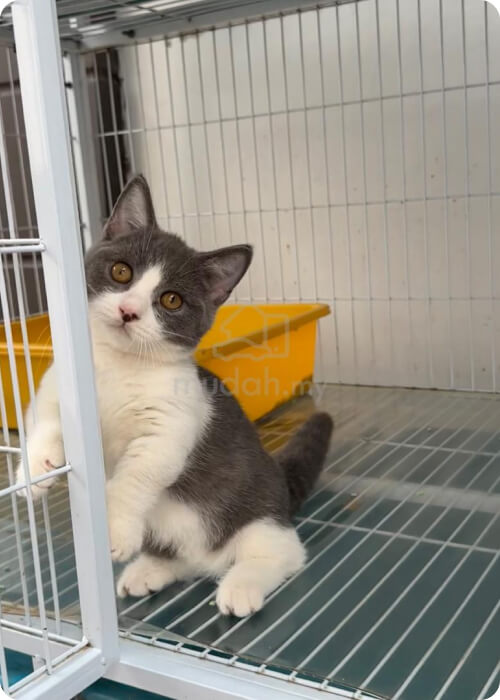
They can’t jump like other cats, and you must design your home to protect them from trying.
What’s the problem? While they are surprisingly agile, high-impact landings from furniture can cause jarring damage to their spine and joints over time.
How do you fix it? In a typical Malaysian condo or house, you need to provide alternatives. Invest in pet ramps or stairs that allow them to safely get onto the sofa or your bed. Their favourite lookout spot should be accessible without a high leap. This simple modification allows them to explore their world without risking their long-term health. Also, ensure their litter box has a low entry point for easy access.
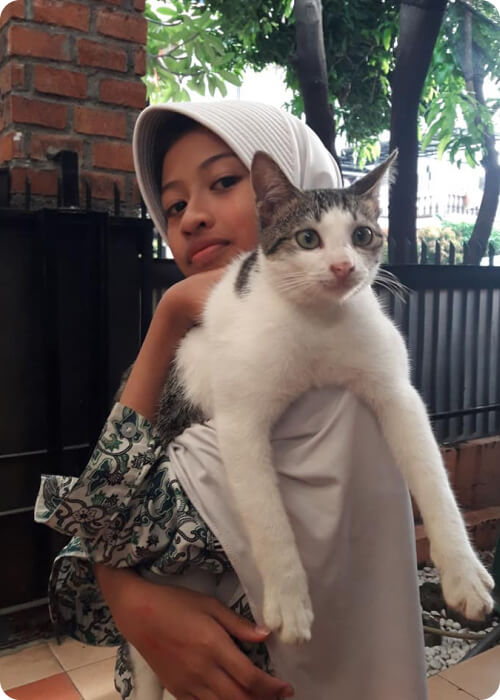
A Munchkin’s playful spirit is one of its most endearing traits, but that energy needs to be channeled safely.
What’s the goal? Encourage their natural instinct to chase and pounce without encouraging dangerous vertical leaps.
How do you do it? Ground-based toys are your best friend. Laser pointers, feather wands dragged along the floor, and puzzle toys will keep them entertained and exercised for hours. This allows them to be the energetic, playful cat they are, strengthening their muscles without putting their spine at risk.
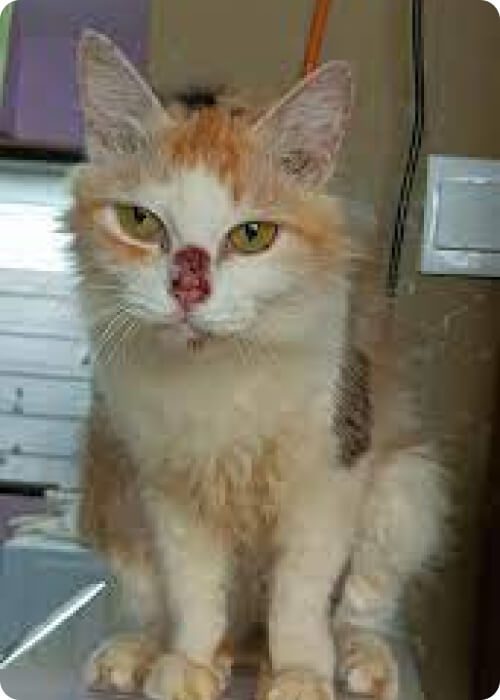
These cats are prone to specific skeletal issues that you must be able to spot.
What are they? Besides arthritis, they can be more susceptible to lordosis (a spinal dip that can affect the heart and lungs) and pectus excavatum (a concave chest).
When should you see a vet? Don’t wait. If you notice any signs of pain, a reluctance to move, a strange gait, or difficulty breathing, it’s time for an immediate check-up. Regular vet visits are crucial for early detection. Finding a vet in Selangor who understands these breed-specific issues is a vital part of responsible ownership.
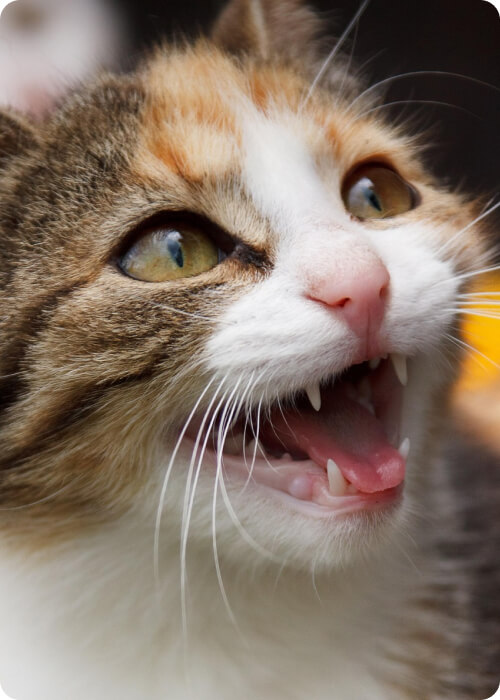
How you pick up and hold your short legged cat matters. Always support their spine by placing one hand under their chest and the other supporting their hindquarters. Never let their back dangle, as this puts direct pressure on their vertebrae.
The need for proactive care in cats, especially those with genetic predispositions, is well-documented.
According to VCA Animal Hospitals, feline obesity is a leading cause of health problems, and it’s estimated that up to 50% of cats are overweight. For a Munchkin, these odds are particularly dangerous, directly increasing their risk of developing painful and mobility-limiting osteoarthritis.
Ultimately, the conversation around the short legged cat is one of profound responsibility. Their captivating appearance demands a commitment to a carefully managed lifestyle that protects them from their own anatomical vulnerabilities. Our surprising stance?
The most crucial fact to grasp is that a short legged cat doesn’t have a short body; they have the spine of a regular-sized cat suspended on shortened legs, a fact explained by veterinary anatomy resources like this article on feline skeletal structure. Understanding this single principle is the key to reframing their care—you are not caring for a “small” cat, but for a cat with a long spine that needs constant, careful support.